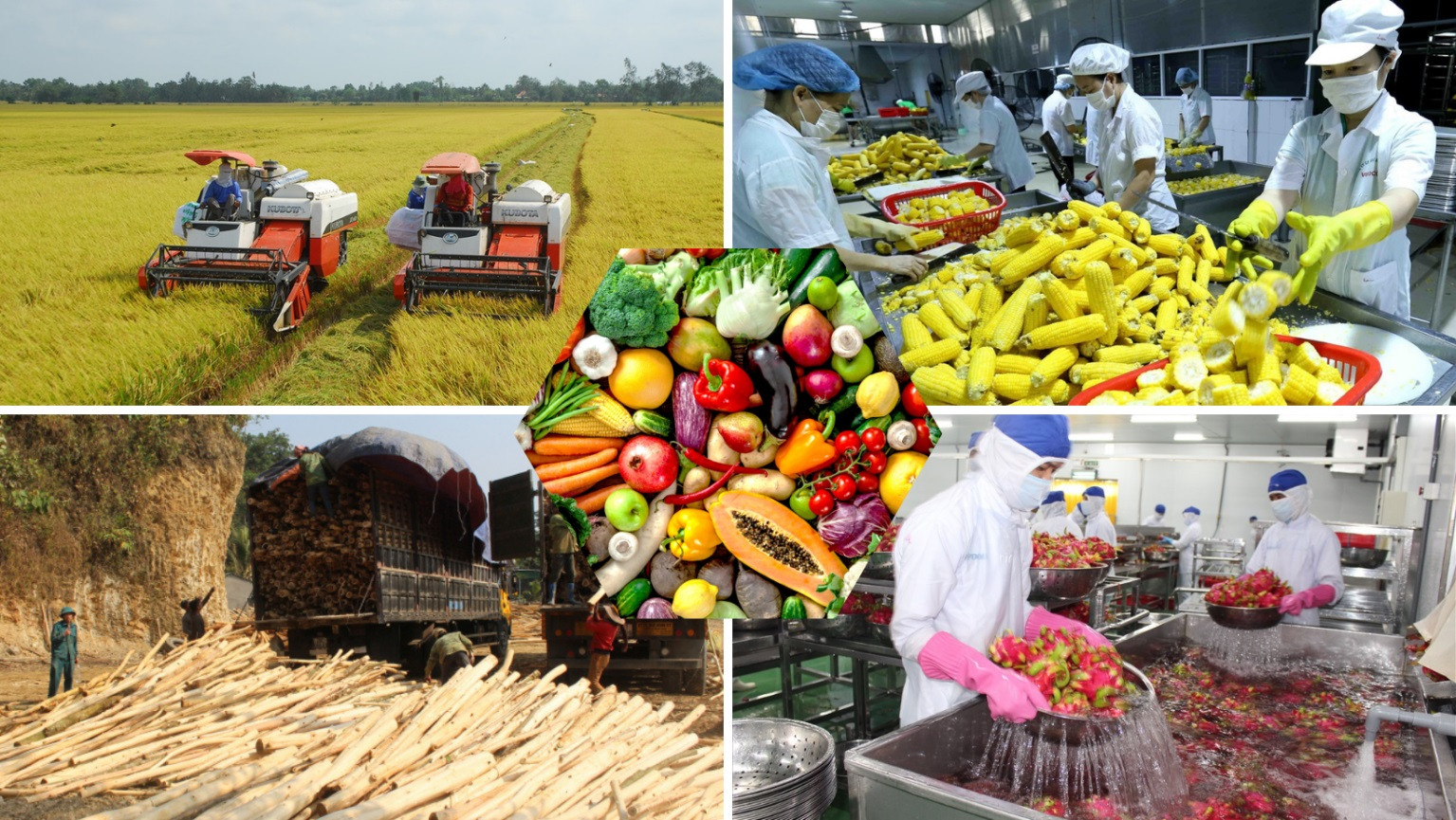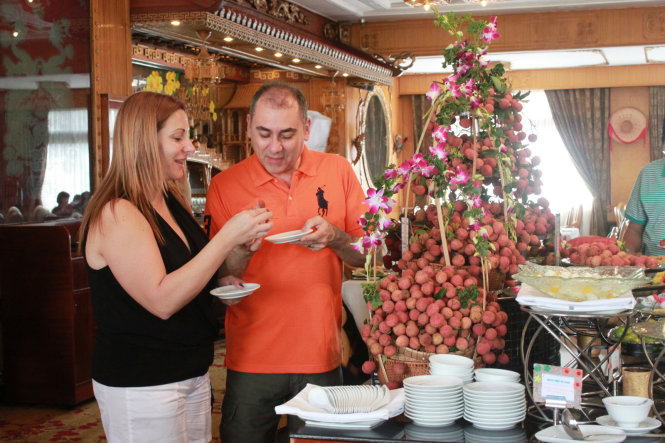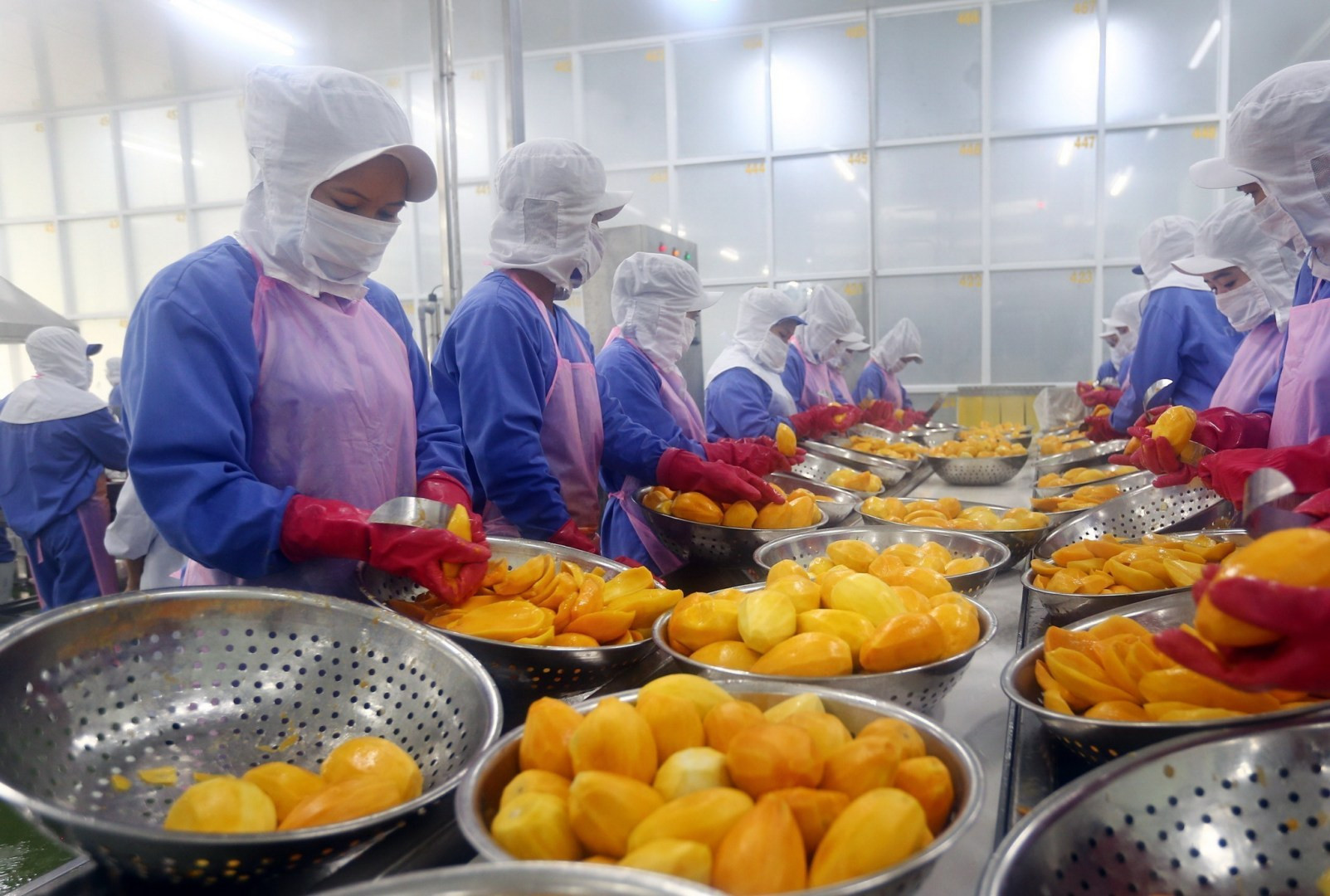
If meeting the EU’s strict standards, Vietnamese agricultural products can make a breakthrough and gain a firm foothold in this huge market. According to Vietnamese Trade Counselor in Belgium and the EU Tran Ngoc Quan, the EU imports between 1.7 million and 2 million tonnes of rice a year on average from different countries, based on quotas allocated by the bloc to these countries. For example, India has the biggest quota exporting rice to this market with 496,000 tonnes a year and is followed by Pakistan and Thailand with 315,000 tonnes and 195,000 tonnes, respectively.
The competition in the EU rice market is fierce not just because of quotas but also because of tariff issues. To export rice to Europe, rice-producing countries have to meet many qualities, including those related to pesticide residue standards. The EU regularly conducts inspections in this regard even after the products are already put on the shelf for sale.
For Vietnam, rice is among the commodities that enjoy a 0% tariff, according to the tariff quotas specified in the EVFTA. Last year, Vietnam shipped 97,000 tonnes of rice to the bloc, an increase of 65% compared to 2021. Quan noted that the tariffs of many items in the agricultural product category were reduced to 0% immediately at the time the trade pact took effect or will gradually decrease to that point over a period of 3-5 years. This is a significant advantage for Vietnam’s farm produce to enter the EU.
The official said two-way trade between Vienam and the EU has also expanded positively. Exports from the EU to Vietnam increased by 20-25% in 2021-2022, a development that Vietnamese consumers have applauded, given that European goods are of high quality and sustainable values. Quan said imported goods from EU also help enhance the value standards of Vietnamese products. For example, Vietnam imports wood from the EU and then exports wooden furniture back to the bloc. As the EU’s wood has been produced and exported in line with sustainable standards, Vietnam doesn’t have to go through rigorous procedures to prove the origin of products made from this type of wood so, both Vietnam and EU benefit from this advantage.
But the official also warned of the difficulties that local firms have to deal with. Specifically, the EU is making stricter requirements on quality, sustainability, the environment, product’s life cycle and food safety regulations, aiming to create better values for the environment and society.
He recommended that it is necessary for Vietnam to shift from producing a large quantity for a reasonable cost to focusing on sustainable products with added value to better meet the EU’s standards.
For her part, Do Viet Ha from the Trade Office of the Vietnamese Embassy in Germany, said that since the EVFTA took effect, most commitments in the agreement have been implemented and left positive impacts on business activities, especially trade. In the first 11 months of 2022, Vietnam became the 59th largest supplier of fruits and vegetables to the EU.
She cited statistics from the General Department of Vietnam Customs that showed Vietnam’s total export turnover to 27 member countries of the EU in the 2020-2022 period recorded great growth.
Specifically, in 2022, the total value of Vietnam’s exports to the EU reached 46.83 billion USD, marking a year-on-year increase of 16.7%, and accounting for 12.6% of Vietnam’s total export turnover.
The EU is Vietnam’s third-largest trading partner and an import market for agricultural products with strong growth after the EVFTA came into effect.
in 2022, the total value of Vietnam’s exports to the EU reached 46.83 billion USD, marking a year-on-year increase of 16.7%,
Many of Vietnam’s leading rice exporters have accessed the EU market in the past year, including Dai Duong Xanh Import-Export Ltd. Co., Loc Troi Group, Thinh Rice Trade in Services Joint Stock Company, Dong Xanh Food and Processing Joint Stock Company, and Thanh Phat Co. Ltd.
Challenges
Besides the advantages, when entering the EU market, Vietnamese goods still face difficulties, particularly in meeting the rules of origin to enjoy preferential tariffs, and the risk of increasing trade remedies, Ha said.
To overcome these difficulties and maximise enefits from the EVFTA, the official said that businesses need to proactively study the guidelines of the agreement, the standards of goods exported to the EU market, as well as the EU market, people’s tastes and consumption need, with a view to suitably improving product quality and design.




According to Ha, it is necessary for the government to develop an overall strategy to provide orientations and roadmaps for ministries, sectors, and localities to fully and promptly implement the commitments of the EVFTA. Mechanisms should be devised to facilitate the development of domestic enterprises, and prepare solutions to support industries under great competitive pressure when implementing the agreement. More policies are also needed to attract foreign investment from the EU to Vietnam, she said./.
